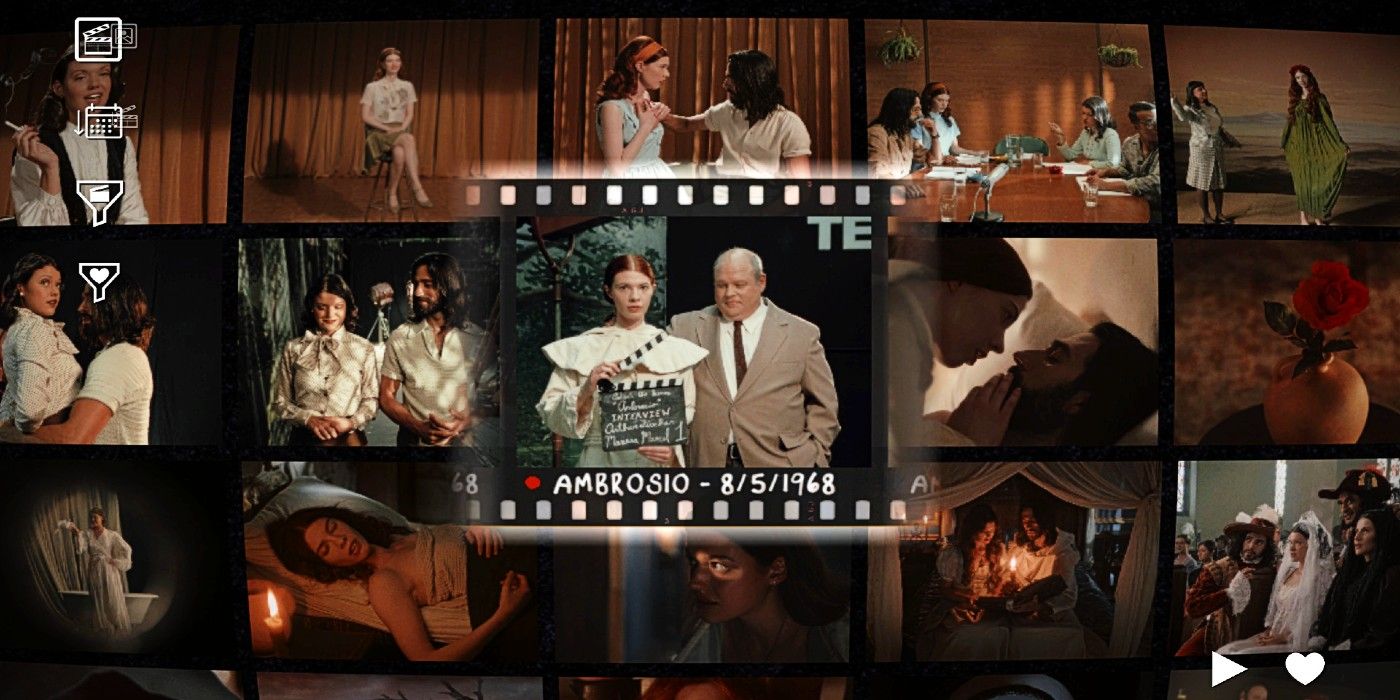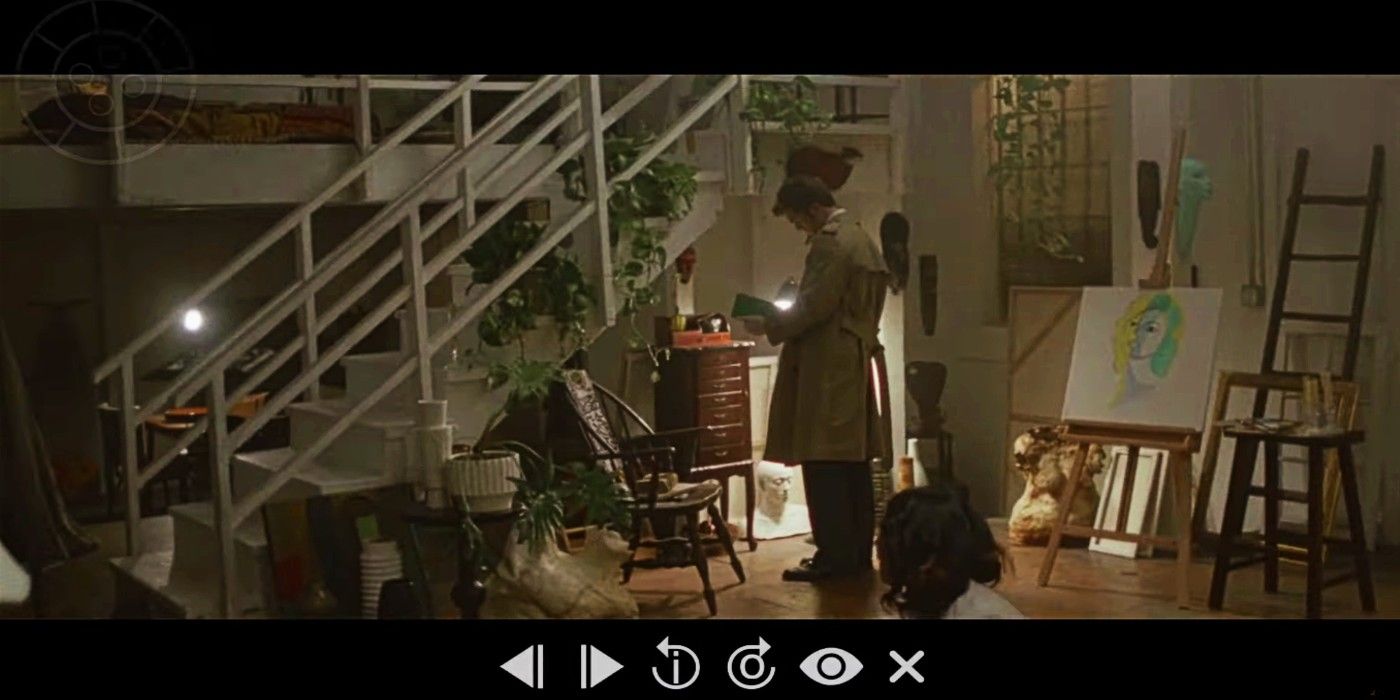Film and TV adaptations of video games have been heavily discussed lately due to the television adaptation of The Last of Us. With it breaking record numbers for HBO Max and garnering great reviews, the topic of video game adaptation has been sparked again. Many games have been based on movies and television, and there are dozens of films based on video games. The results have largely been disappointing, but gaming adaptations in all forms have recently improved. However, few games have been able to blend the two mediums successfully. Sam Barlow and his studio Half Mermaid have changed that with the release of Immortality.
The award-winning indie title expands upon the formula of Barlow's previous games, like Her Story and Telling Lies. Players have to watch an ever-expanding queue of film clips to uncover a bigger mystery. Like most of Barlow's games, they provide a unique and interactive experience with a focus on player input to piece together and uncover the narrative. Several games like Quantum Break and movies like Black Mirror: Bandersnatch have tried to blend cinema and gaming, but have not been as successful as Barlow. Immortality drifts away from the traditional idea of a game to blend with cinema, and it is the title's biggest strength.
Immortality Took Inspiration From Modern TV Viewing
In a recent interview with IGN, Barlow discussed how the viewing manner of younger audience members influenced Immortality during development. Barlow says, "Younger people watch TV whilst looking at their phone with the subtitles on, so they don't actually have to pay attention." He continues, "They'll jump into random episodes, skip around, re-watch their favorite episodes a bunch of times... That was one of the things we were interested in with Immortality. . ." Sam goes on to talk about the fact that there are more ways for viewers to control TV and film now more than ever. All of what he discussed is reflected perfectly in Immortality's admittedly bare-bones gameplay.
The main gameplay of Immortality involves combing through footage of the film career of an actress named Marissa Marcel. While it may seem uninteresting, players will quickly uncover Immortality's hidden and unsettling mystery from the footage, and it is their job to piece it together. This has players tearing through video clips, which leads them to discover new footage. That, in turn, helps uncover the mystery. Like most of Barlow's games, it makes the player feel like they are actually solving a real mystery by diving into old film footage to find evidence, and this allows the game to naturally blend with cinema.
Immortality Melds TV and Gaming Seamlessly
Players rarely watch any of the footage in Immortality in order. They will discover one clip, watch it, and then click on something in the footage that will take them to a completely different clip. Due to this, players will have to re-watch and rewind clips several times. As they do so, players will uncover new layers to the mystery and be led to new clips. These core gameplay mechanics perfectly mimic the way Barlow says people view modern TV. This form of viewing is encouraged and arguably necessary to solve the mystery of Immortality.
This brilliant hybrid of cinema and gaming is what makes Immortality stand out. Barlow has essentially found a way to make a game out of rewinding and watching film. It allows players to experience the best of both worlds. They are able to watch and enjoy a well-written and cinematic story, but they also have complete control over the viewing experience. Watching the footage is a large part of the experience, but players must also piece together the mystery with the tools they are given. It creates a hybrid gaming experience unlike any other.
Of course, this approach would not work for every game or film adaptation, but Immorality proves to be a shining example of a piece of art that blends gaming and film. When so many online debates are centered around the best video game adaptions, Immortality has nearly perfected the blend of both mediums while most studios are struggling to figure it all out.



